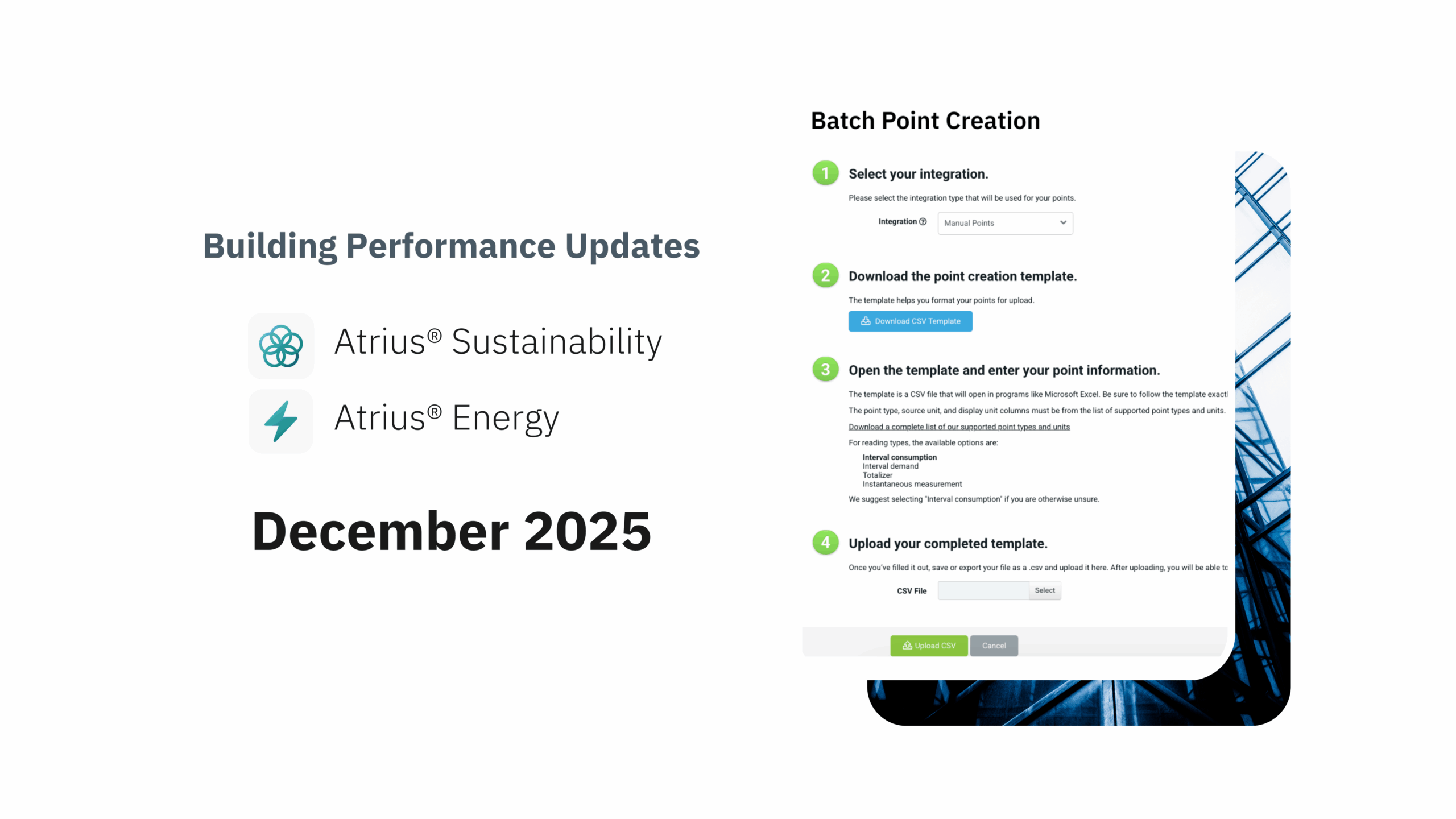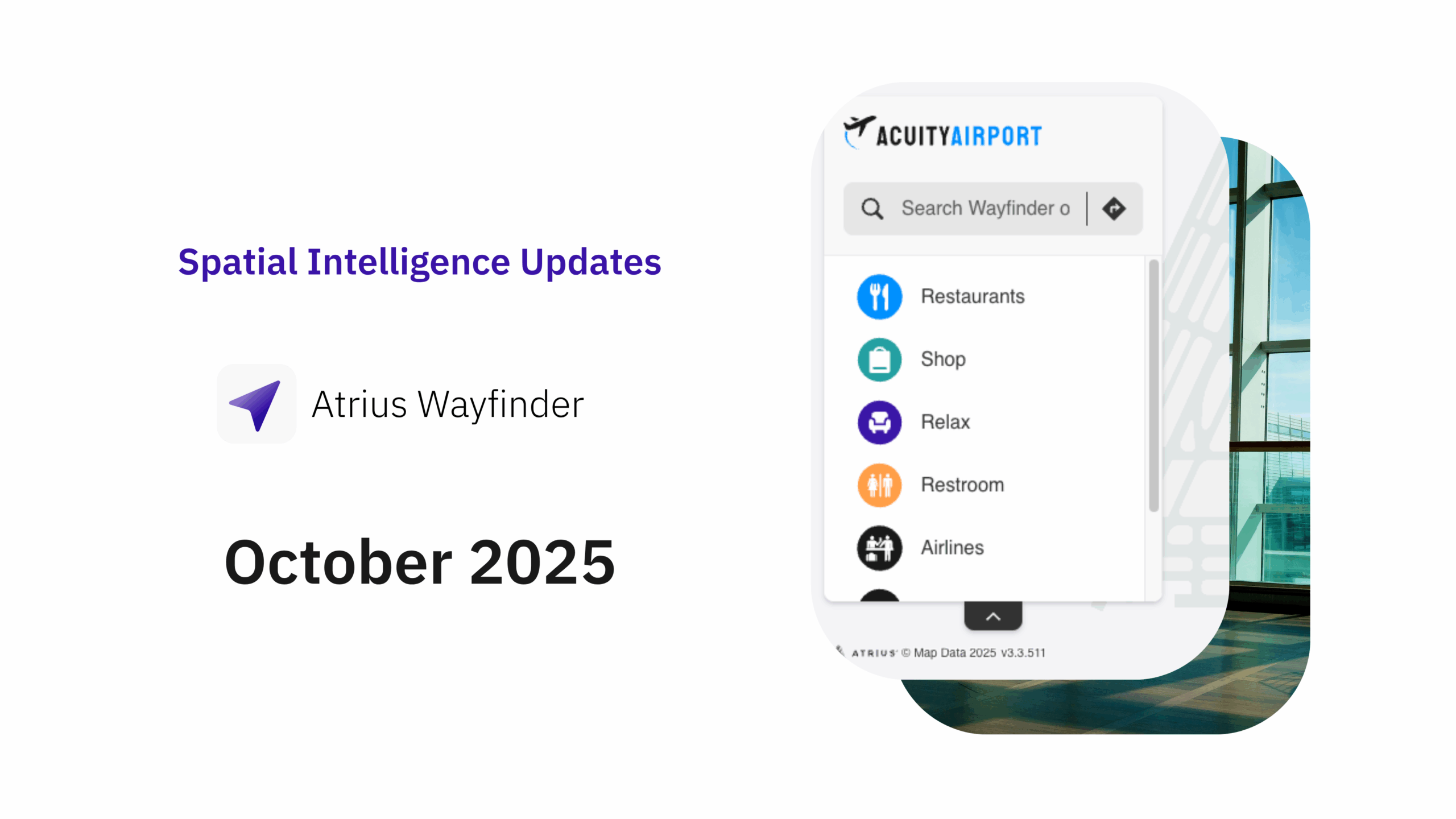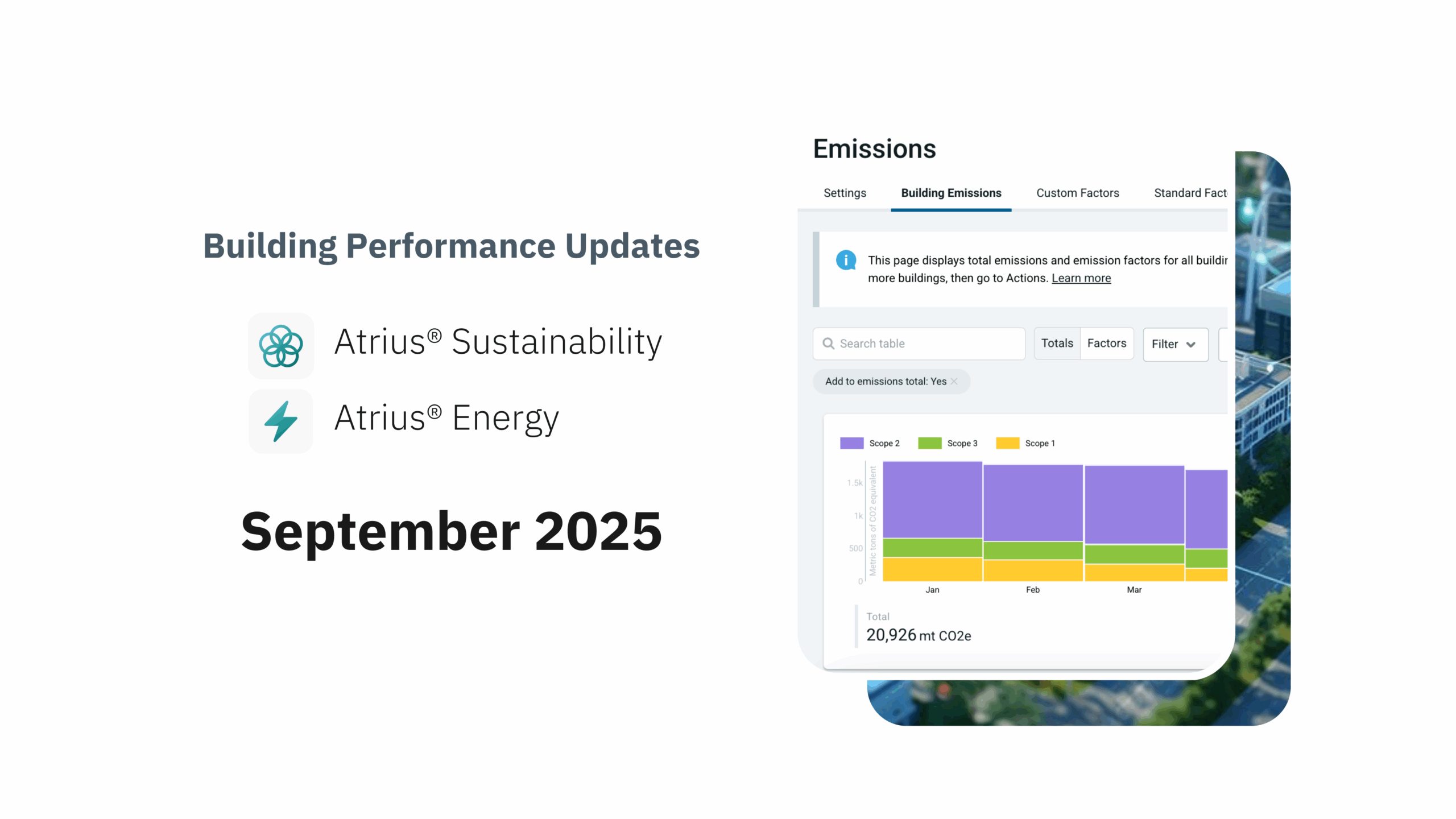Environmental, Social, and Governance (ESG)
Greenhouse gases (GHG)
Scope 1, 2, and 3 emissions
Sustainability
These routinely used terms inform every aspect of sustainability programs, and yet one of the four is attracting increasingly more attention right now. Scope 1, 2, and 3 emissions are taking center stage as calls for standardized sustainability reporting grow louder.
Even the most enthusiastic business leaders committed to safeguarding our environment are looking around the room for help demystifying Scope 1, 2, and 3 emissions. They’re urgently looking for clarity and context in advance of a possible federal sustainability reporting mandate.
The Securities and Exchange Commission…proposed rule changes that would require registrants to include certain climate-related disclosures in their registration statements and periodic reports, including information about climate-related risks that are reasonably likely to have a material impact on their business, results of operations, or financial condition, and certain climate-related financial statement metrics in a note to their audited financial statements. The required information about climate-related risks also would include disclosure of a registrant’s greenhouse gas emissions, which have become a commonly used metric to assess a registrant’s exposure to such risks.
United States Securities & Exchange Commission (SEC)
This excerpt from the SEC’s March 21, 2022, press release refers to their 490-page proposed rule, The Enhancement and Standardization of Climate-Related Disclosures for Investors. Add the public comments and lawyers’ opinions to everything else you might find online, and preparing for required sustainability reporting is daunting. Maybe intimidating, certainly demanding.
Fortunately, complying with potential guidelines and reaching your ESG goals is easier than you think with the right support and technology solutions.
The scoop on Scope 1, 2, and 3 emissions
My colleague Andrew Blauvelt, Atrius® Director of Product, provides clear and practical definitions of these three different emission sources in his recent article, Addressing the Gap in Sustainability Solutions:
- Scope 1 refers to direct emissions from sources your business owns or controls
- Scope 2 describes indirect emissions from the utilities the company purchases
- Scope 3 is all other indirect emissions that happen in your value chain
In a sentence, Scope 1, 2, and 3 emissions encompass all greenhouse gases associated with a company, including its entire value chain. Understanding those last three words is crucial to compliant sustainability reporting. The proposed SEC rules outlined on this fact sheet hold corporate leaders responsible for determining the environmental impact of direct and indirect emissions. Consequently, corporate leaders will need reliable resources for discovering and disclosing their vendors’ greenhouse gas releases as well as the company’s carbon footprint.
Direct emissions data (Scope 1) refers to the by-product of combustible fuels used onsite or at owned facilities. So, think facilities, vehicles, machinery, etc., and include unintentional releases like chemical or refrigerant spills in your developing Scope 1 reporting framework, too.
Organizing your reporting processes for Scope 2 requires knowledge of indirect emissions from acquired, or purchased, energy. Everyday examples are steam, electricity, heating, and cooling. If your power to maintain operations comes from a supplier instead of owned facilities, then those emission levels are part of your Scope 2 data.
Scope 3 extends reporting beyond utility providers to all components, suppliers, and activities in your business’s value chain. And I mean ALL: employee commuting, warehousing, transportation for distribution, leased assets, waste production and disposal, franchises, investments, end-of-product life actions, business travel, etc. Even without the pending SEC sustainability rules, measuring the environmental impact of your Scope 3 is arguably non-negotiable. Why? Because indirect emissions are typically the primary contributor to your company’s carbon footprint—and the most difficult to track.
It is critical to recognize where organizational emissions originate; quantifying them is a fundamental prerequisite to accurate, compliant sustainability reporting. At Acuity Brands, we’re constantly measuring our company’s environmental impact. Helping the earth heal means doing no harm. Consistently analyzing emissions reinforces we’re on target to meet our carbon reduction goals.
Measuring emissions
Once you start quantifying Scopes 1, 2, and 3, you can find ways to control and reduce emissions output that positively impacts climate change. It’s also easier to establish actionable ESG performance targets and overarching company goals!
Most teams, including ours at Acuity, start by measuring Scopes 1 and 2 . Since these emissions come from company-owned facilities and purchased energy (e.g., utility providers), it’s usually the most accessible data. Collecting this low-hanging fruit often reveals the most tangible sustainability ROI opportunities. For example, improving existing lighting, optimizing building automation systems, and installing system controls are proven energy conservation activities.
Quick wins are harder to find as you start quantifying Scope 3 emissions. Collecting carbon impact information from sources beyond your control can be difficult, but a responsible sustainability plan needs this data. With or without new SEC reporting regulations, assessing the environmental impact of the full product (or service) life cycle is responsible and meaningful. As I said earlier, measuring greenhouse gas releases across your value chain requires collecting data from your raw materials suppliers, the production processes, distribution channels, end-user consumption behaviors, and product disposal, just to name a few.
The sheer number of data points across multiple sources assimilating information in different systems explains why Scope 3 emissions stop highly capable energy professionals in their tracks. So, if you’re feeling stuck right now, you’re in good company!

Follow the data-brick road to accurate reporting and ESG goals
Streamlining data collection
Just thinking about how to start quantifying your company’s entire emissions portfolio is overwhelming.
At this point, you’ve read enough to know the starting line: identifying and measuring Scope 1, 2, and 3. We just reduced an “overwhelming” task into something “challenging.”
Next, you need to identify a technology solution to collect and centralize all this information in view-friendly customizable dashboards. Once you’ve found it, the “challenging” work becomes “doable.”
Implementing the software moves you from “doable” to “doing.” So, let’s talk about the technology so you get “doing!”
Choosing a technology solution
Whether your Scope 1, 2, and 3 tasks are local or global, robust, secure data collection and analysis is an ongoing task. Consider optimizing the work by implementing a centralized platform that facilitates real-time input from teams and stakeholders responsible for Scope 1, 2, and 3 reporting.
To further support these groups, I highly recommend installing a technology solution that’s purpose-built to recognize and synthesize data from numerous emissions sources. If you have facilities or Scope 3 suppliers outside the US, make sure your software converts measuring units for standardized benchmarking and reporting.
Bird’s eye and granular visibility are two more crucial features. You’ll need this functionality to view and report the environmental impact of multiple greenhouse gas sources in Scopes 1, 2, and 3. A robust platform will convert this data into visually appealing, consumer-friendly storyboards showcasing progress toward company ESG goals. Employees, occupants, and stakeholders are more likely to buy into your sustainability practices when they see—and understand–the positive outcomes they’re creating.
“We believe we do well by doing good. Our Company is committed to lessening our carbon footprint and helping our customers do the same. We are reducing waste, lowering costs, minimizing carbon impacts, optimizing energy usage, and helping our customers reduce their energy use and carbon emissions to achieve their own goals and priorities
Neil M. Ashe, Chairman, President, and Chief Executive Officer of Acuity Brands
Change starts at home: Acuity Brands EarthLIGHT
If the cliche “we saved the best for last” is true, I’m proud to introduce Acuity Brands’ EarthLIGHT program as our conversation concludes.
Launched in 2018, EarthLIGHT is central to our sustainability and ESG priorities. The program propels us toward our net-zero goals while improving our performance and increasing transparency. Initially, we only calculated and reported Scope 1 and 2 emissions by collecting data from business units worldwide and centralizing it in our proprietary solution, Atrius Sustainability.
Today, we’re also managing our Scope 3 emissions, gathering data from organizations up and downstream in our value chain. Atrius Sustainability gives us real-time clarity on our environmental impact.
The pending SEC Sustainability Reporting rules, if approved, will fundamentally and comprehensively change energy management. Efficiently and securely gathering analytics from numerous owned and not-owned businesses is a known hurdle to complying with the pending reporting guidelines.
Fortunately, there are also known solutions.
Advanced, centralized platforms like Atrius® Sustainability simplify reporting frameworks worldwide. Atrius will help you earn customer, employee, and stakeholder trust while getting ahead of potential reporting mandates.



